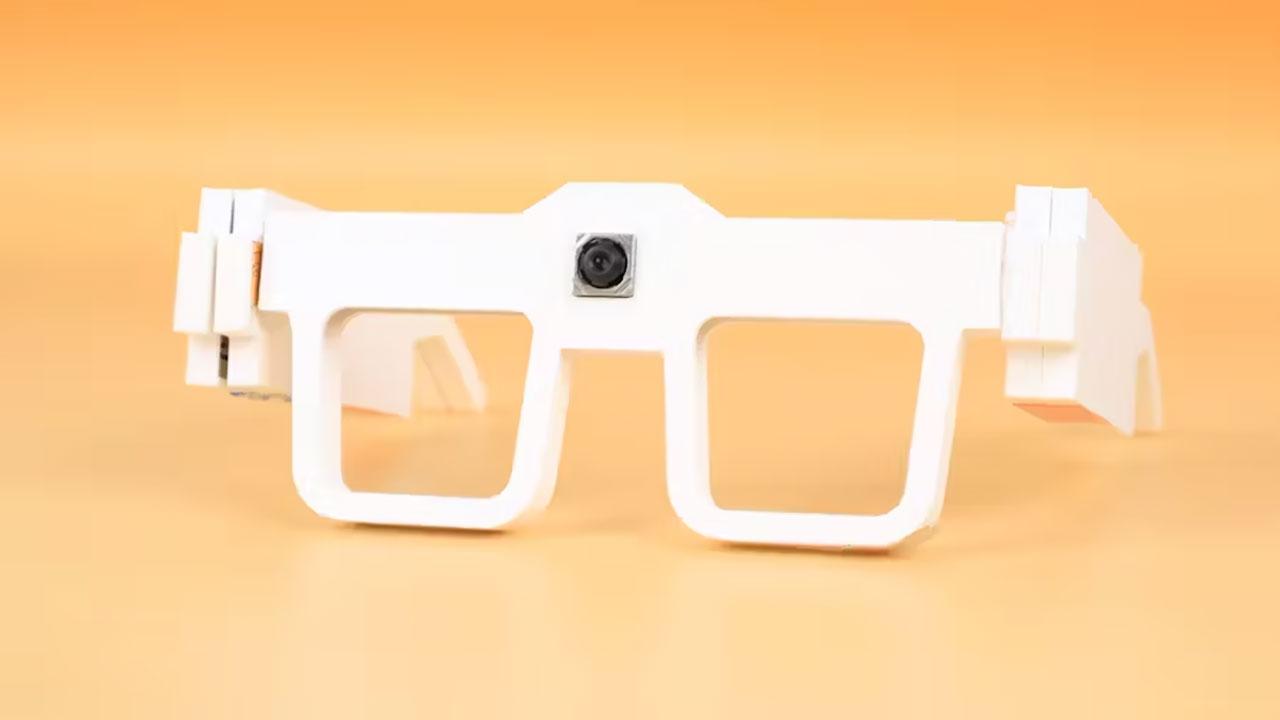A few weeks ago we were talking about a device created with a Raspberry Pi configured with an AI capable of detecting when reggaeton music is playing and, at that time, sending a signal that interferes with the Bluetooth Altavoces to reproduce it.
But the project with a Raspberry that caught our attention the most because of its usefulness are the glasses designed for interpret sign language and convert them to sound so that users who interact with people with speech problems can understand sign language without having the knowledge of it.
A really useful Raspberry Pi project
As we mentioned, this project is one of the most interesting ideas and projects related to a Raspberry Pi that we have seen in recent years. These glasses include a camera module on the central front part of the glasses while the Raspberry Pi used is located on one of the temples.
To carry out this project, the user Nekhill relied on the Artificial intelligence which has been trained to recognize hand gestures and convert them into sounds using a text-to-speech conversion system responsible for pronouncing the signs it recognizes with their equivalent in the alphabet.
At the moment this design is only capable of interpret signs and convert them into letters. Sign language allows you to express words or complete sentences through signs, which this system does not offer at the moment, but it will only be a matter of time before it does.
The design corresponds to VIAM’s cargo, a robotic code source designed to create projects like this, it is compatible with Tensor Flow Lite models, without embargo, for this design used in YOLOv8, a system for detecting objects in time real.
Due to the power required, Nekhill first resorted to a Raspberry Pi 5but instead of glasses, the design looked more like a helmet.
Fortunately, he tested its operation with a Raspberry Pi Zero 2Wa model which offers more than acceptable performance and allows the size of the assembly to be considerably reduced.
Concerning the design of the glasses, which recalls the grandfather from the film Up by Disnay, the Fusion 360 application was used and a 3D printer realize.
In addition to the 2W Raspberry Pi Zero and camera module, it also used a 3w speaker, a USB sound card and an amplifier in terms of hardware elements. Regarding the software, as we mentioned, it was supported by the VIAM robotics platform and the Raspberry Pi operating system. If you are interested in learning more about this project, you can do so through the link we let’s leave you below.








